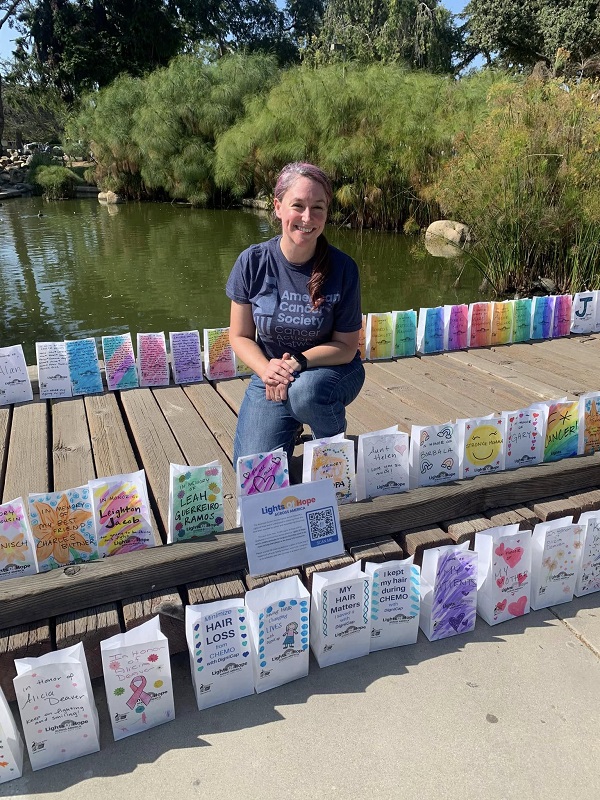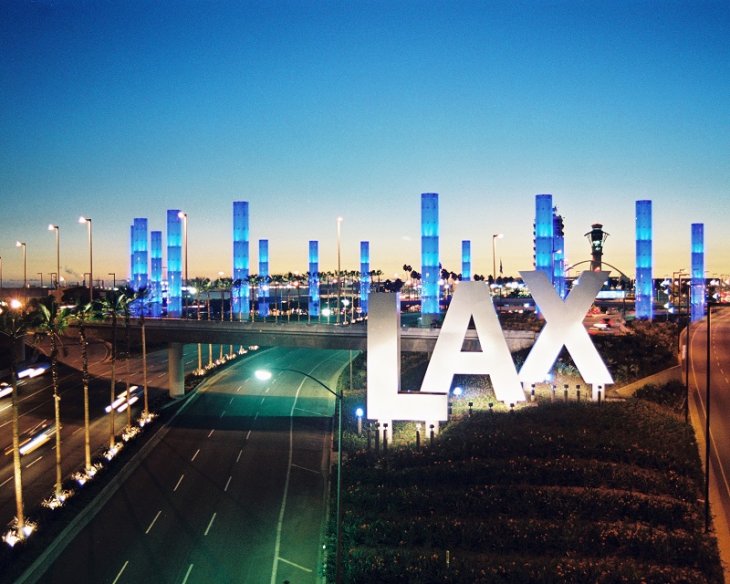
The State Water Resources Control Board announced two key actions Friday to protect public health and safety from more severe water shortages should extreme drought conditions continue.
The actions are in response to record dry conditions and diminishing water supplies in the state’s major rivers and reservoirs.
State Water Board Executive Director Tom Howard is approving a petition to adjust water quality requirements in the Sacramento San Joaquin Delta, allowing the State Water Project and the federal Central Valley Project to conserve water supplies in upstream reservoirs and more effectively operate their facilities in response to ongoing drought conditions.
In addition, the State Water Board announced that notices will be issued beginning next week to “junior priority” water-right holders to curtail their diversions of water from the Sacramento and San Joaquin River systems. Both of these actions, which are included in the Governor’s recent State of Emergency declaration, reflect extraordinary circumstances brought on by the state’s record drought.
After two dry years, storage in key reservoirs is lower than at this time in 1977, one of the driest years on record. And 2014 is shaping up as the driest year in state history, with the water content of the statewide snowpack just 12 percent of normal for this time of year.
State Water Board chair Felicia Marcus said persistent drought conditions have resulted in a rapidly deteriorating situation, prompting the Executive Director to take this temporary immediate action.
“These are the first of some very tough decisions that will have to be made and adjusted if conditions continue to worsen,” Marcus said. “In the coming days, the Board will be meeting to hear feedback on these measures, as well as other strategies for dealing with persistent extreme drought conditions.”
The Sacramento-San Joaquin Delta provides drinking water to two-thirds of the state’s population, supplies some of California’s most productive agricultural areas, and is one of the largest ecosystems for fish and wildlife habitat and production in the United States.
In a petition submitted Jan. 29, the Department of Water Resources and the federal Bureau of Reclamation requested a change to water quality requirements that govern outflows in the Delta and operation of the Delta Cross Channel gates. These requirements, in place since 1995, help control salinity in the Delta and protect water quality for municipal and industrial, agricultural, and fish and wildlife uses.
The State Water Board’s order approving the petition makes temporary urgency changes in the required amount of outflows into the Delta, enabling water to be conserved in reservoirs in case of continued drought.
The petition submitted to the Water Board also requests flexible operation of the Delta Cross Channel gates, which will enable greater protection against salt water intrusion to the interior portion of the delta while protecting fish populations. These gates typically remain closed during the late winter and spring, which protects fish from straying into the central Delta. However, due to low water flows, keeping gates closed prevents high quality fresh water to flow through the central Delta, reducing saltwater intrusion. The State Water Board’s order approving the petition provides flexibility to operate the gates based on evolving water quality conditions and fish migration information.
As a result of the order, the state and federal water projects will save approximately 150,000 acre feet of water in upstream reservoirs in February. The saved water will be available later in the year for uses in the public interest. If dry conditions persist, and this order is amended, an additional 150,000 acre feet of water will be preserved in March and an even greater amount in April. Additional water savings can be achieved through a reduction in water deliveries.
An acre foot of water is generally the amount of water that two California households will use in one year.
The temporary order by the State Water Board’s executive director recognizes the extraordinary circumstances that Californians are facing. It provides flexibility for the water projects and regulatory agencies to make real-time decisions reflecting either improving or deteriorating conditions based on the most current information.
Due to the severity of the current situation, State Water Board staff expedited its determination on the petition to preserve diminishing reservoir storage. The order, while in effect for six months, will be updated on an as-needed basis as conditions evolve. California water law allows the approval of urgent changes to water rights permits and licenses in advance of public noticing.
Although the order is effective immediately, the State Water Board will hold a workshop on Feb. 18-19 to hear from the public and interested parties on the order or other actions that the Board should be taking.
Even with Friday’s actions by the State Water Board and the Department of Water Resources, there is insufficient water to meet the needs of all water-right holders in the Delta watershed. The State Water Board, acting on instructions in the Governor’s Drought State of Emergency Proclamation, notified water rights holders on Jan. 17 that they may be ordered to halt or reduce water diversions if drought conditions worsen.
Next week, the State Water Board will begin issuing formal curtailment notices. The first notices will be sent to junior water-right holders in the Sacramento/San Joaquin watershed.
With California facing its driest year on record, Governor Brown declared a drought State of Emergency earlier this month and directed state officials to take all necessary actions to prepare for water shortages.
This week, CAL FIRE announced it hired 125 additional firefighters to help address the increased fire threat due to drought conditions, the California Department of Public Health identified and offered assistance to communities at risk of severe drinking water shortages and the California Department of Fish and Wildlife restricted fishing on some waterways due to low water flows worsened by the drought. Also this week, the California Natural Resources Agency, the California Environmental Protection Agency and the California Department of Food and Agriculture also released the California Water Action Plan, which will guide state efforts to enhance water supply reliability, restore damaged and destroyed ecosystems and improve the resilience of our infrastructure.
Governor Brown has called on all Californians to voluntarily reduce their water usage by 20 percent and last week, the Save Our Water campaign announced four new public service announcements that encourage residents to conserve.
Last December, the Governor formed a Drought Task Force to review expected water allocations and California’s preparedness for water scarcity. In May 2013, Governor Brown issued an Executive Order to direct state water officials to expedite the review and processing of voluntary transfers of water and water rights.




















